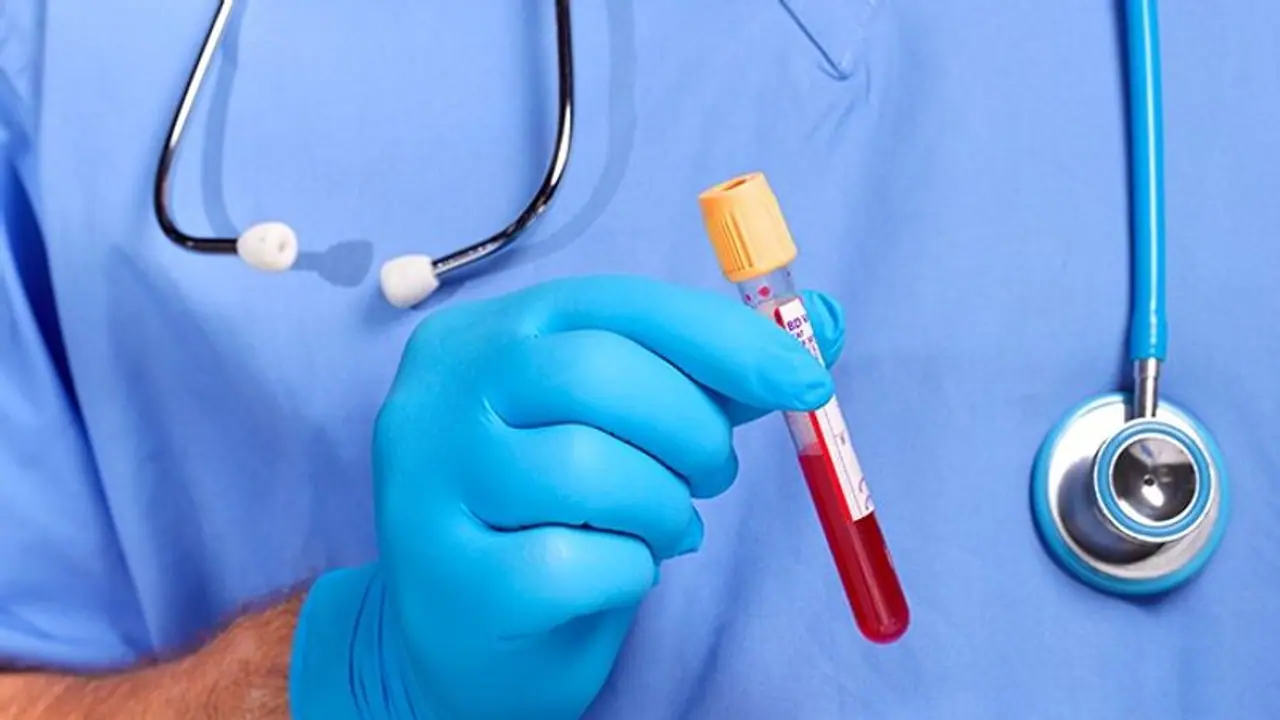Aplastic anaemia is a fatal deficiency of all types of blood cells. Dr AK Dwivedi, a renowned homoeopathic doctor from Indore, in conversation with Asianet Newsable, claims that aplastic anaemia can be treated with homoeopathy.
The world of medicine has grown by leaps and bounds, and what better than the current pandemic to understand the growth of science, especially in the field of medicine and health? However, there remain diseases and disorders that have little or no cure.

Aplastic anaemia is one such condition that has an impact on all types of blood cells and can also turn out to be fatal. It leads to failure of bone marrow in the body which further results in no formation of any types of blood cells. While many may not have heard about aplastic anaemia, there are several cases of it.
Since aplastic anaemia causes no formation of blood cells in the body, a person suffering from it needs to undergo a blood transfusion. However, even that may not help the patient.
ALSO READ: Planning for IVF? Here are critical things to remember for successful IVF pregnancy
But a homoeopathic doctor in Indore, Madhya Pradesh, has claimed that aplastic anaemia can be treated with better results. Dr AK Dwivedi, a renowned homoeopathic doctor, said, “Anemia, as we all know, is a lack of blood in one’s body. However, aplastic anaemia is a complete loss of blood or no formation of blood in the body. In this, there will be no blood formation in the body of a person detected with it. This requires the patient to undergo a blood transfusion for and bone marrow transplant. But even that may not guarantee complete treatment, as aplastic anaemia is considered fatal.”
“Homeopathic medicines have been proved to be effective for treating aplastic anaemia. The medicines help in stopping the failure of bone marrow development. Meaning, if the bone marrow continues to develop in the body, so would all types of blood cells, and the body would be able to keep producing blood on its own,” claimed Dr Dwivedi.
Aplastic Anemia is a rare and serious condition. There are several symptoms to it, the initial ones being high fever, fatigue, and headache. However, the serious symptoms include uncontrolled bleeding from the nose, stool, etc.
ALSO READ: Allergy history linked to increased risk of high blood pressure and coronary heart disease: Reports
As per Dr Dwivedi, aplastic anaemia often goes undetected in the early stages. And by the time it is detected, the person’s condition starts to get worse. He further said that there are no set age criteria for patients. It can happen from a 15-year-old child to a senior citizen of 85 years of age. “It can happen in any age group. Recently, I treated a two-year-old child from Bihar. But, aplastic anaemia is mostly found in people in the middle age group,” added Dr Dwivedi.
He also said that aplastic anaemia can also be found in patients with any type of cancer. “After undergoing chemotherapy, if a person’s bone marrow has had an impact, he or she can be prone to aplastic anaemia,” he said.
But how does one get it checked in the early stage? To this, Dr Dwivedi said, “Once must go through basic blood tests every few months. It is a very healthy habit. Not just aplastic anaemia, but a check on your blood cells can help you detect any disease at an early stage. One must also not avoid symptoms such as fatigue.”
While concluding, Dr Dwivedi said that aplastic anaemia often goes undetected unless the serious symptoms start showing up, which is why he says that it is important to undergo regular health check-ups.
Symptoms of aplastic anaemia:
• Fatigue
• Shortness of breath
• Rapid or irregular heart rate
• Pale skin
• Frequent or prolonged infections
• Unexplained or easy bruising
• Nosebleeds and bleeding gums
• Prolonged bleeding from cuts
• Skin rash
• Dizziness
• Headache
• Fever
